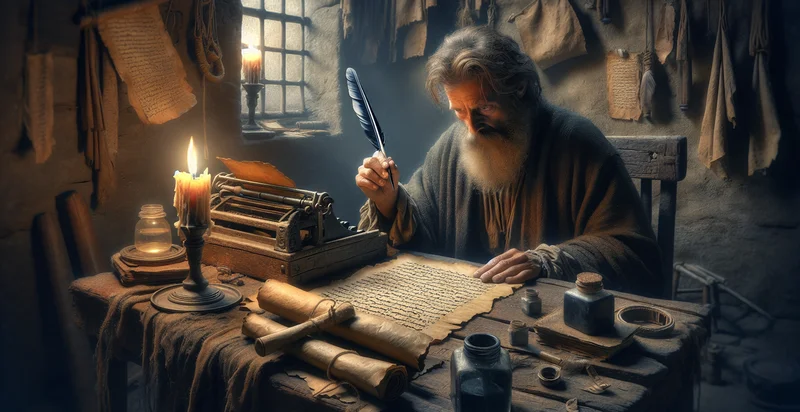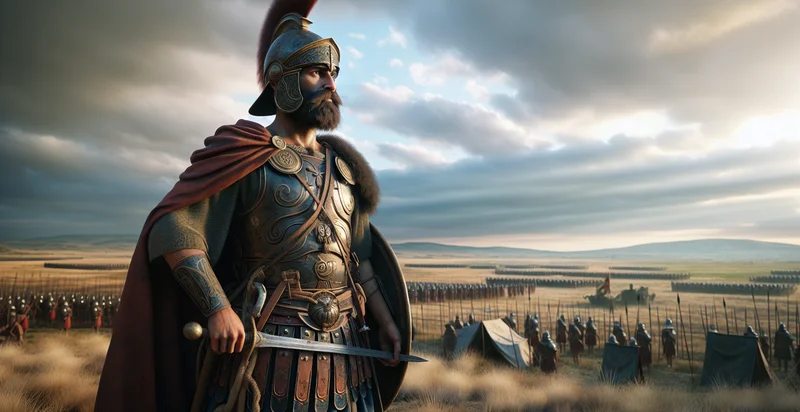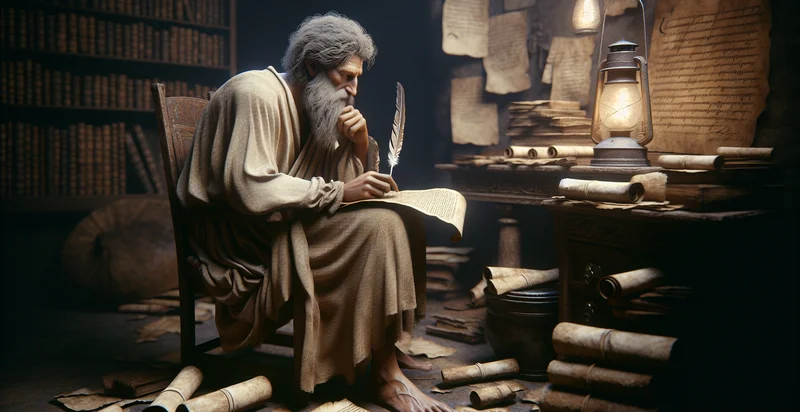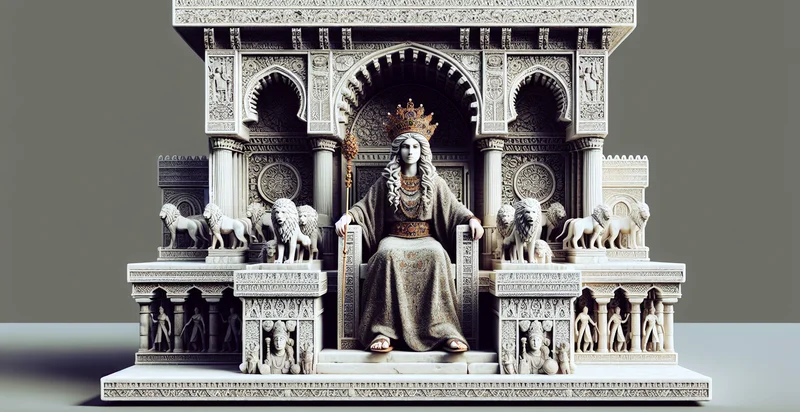Identify ancient writer by picture
using AI
Below is a free classifier to identify ancient writer by picture. Just upload your image, and our AI will predict what ancient writing style it resembles - in just seconds.

Contact us for API access
Or, use Nyckel to build highly-accurate custom classifiers in just minutes. No PhD required.
Get started
import nyckel
credentials = nyckel.Credentials("YOUR_CLIENT_ID", "YOUR_CLIENT_SECRET")
nyckel.invoke("ancient-writer-by-picture", "your_image_url", credentials)
fetch('https://www.nyckel.com/v1/functions/ancient-writer-by-picture/invoke', {
method: 'POST',
headers: {
'Authorization': 'Bearer ' + 'YOUR_BEARER_TOKEN',
'Content-Type': 'application/json',
},
body: JSON.stringify(
{"data": "your_image_url"}
)
})
.then(response => response.json())
.then(data => console.log(data));
curl -X POST \
-H "Content-Type: application/json" \
-H "Authorization: Bearer YOUR_BEARER_TOKEN" \
-d '{"data": "your_image_url"}' \
https://www.nyckel.com/v1/functions/ancient-writer-by-picture/invoke
How this classifier works
To start, upload your image. Our AI tool will then predict what ancient writing style it resembles.
This pretrained image model uses a Nyckel-created dataset and has 26 labels, including Aesop, Apollonius, Aristotle, Catullus, Cicero, Demosthenes, Dionysius, Epictetus, Euripides and Herodotus.
We'll also show a confidence score (the higher the number, the more confident the AI model is around what ancient writing style it resembles).
Whether you're just curious or building ancient writer by picture detection into your application, we hope our classifier proves helpful.
Related Classifiers
Need to identify ancient writer by picture at scale?
Get API or Zapier access to this classifier for free. It's perfect for:
- Historical Document Verification: This function can be employed by museums and libraries to verify the authenticity of ancient manuscripts or documents. By analyzing images of the text, it can classify them based on known works of ancient writers, helping scholars ensure that displayed artifacts are genuinely attributed to the correct authors.
- Digital Humanities Research: Researchers in the field of digital humanities can utilize this function to categorize and analyze large volumes of text from ancient writers. By automating the classification process, scholars can focus more on interpreting texts rather than sifting through them manually.
- Educational Tools: Educational platforms can integrate this function into their learning resources to help students identify different writing styles of ancient authors through visual aids. This would enhance the learning experience by providing interactive elements that engage students in a more dynamic way.
- Content Curation for Publishers: Publishers focusing on historical literature can use the classification function to curate collections of ancient writings. By accurately identifying the writer or period of a text from images, they can create themed anthologies that attract a specific audience interested in that era or author.
- Antique Appraisal Services: Appraisers dealing with antiques, particularly ancient texts or artifacts, could incorporate this function to authenticate and appropriately value items. By verifying the authorship through image analysis, appraisers can provide clients with more accurate assessments.
- Social Media Filters for Historical Themes: Social media platforms could leverage this image classification function to create filters that allow users to post images as if they were authored by famous ancient writers. This would enhance user engagement and promote interest in historical writing while educating users about different literary styles.
- Interactive Exhibition Features: Museums can enhance visitor experiences by implementing this function in interactive exhibits. Visitors could take pictures of ancient writings on display and receive immediate feedback about the author, enriching their understanding of history and literature in an engaging manner.


